These are a dozen terracotta statuettes, found together with other objects related to the cult sphere, recovered in the Neolithic village of Sammardenchia, in the territory of the municipality of Pozzuolo del Friuli, about 10 km away. south of Udine. The site was the subject of several inspections and excavation campaigns carried out from 1980 to 2005 by the University of Trento, the Friulian Museum of Natural History and the Superintendency of the “Luigi Pigorini” National Prehistoric Ethnographic Museum in Rome.
The recovered statuettes are largely fragmentary, the area has been disrupted over time by agricultural works which have compromised its integrity; they are made of unpurified mixtures, with surfaces treated summarily, mostly depicting the upper part of the body, with female characteristics identified by small breasts; the head and facial features, if present, are briefly mentioned, while some specimens have a mobile head, never recovered but inferable from the hole between the shoulders which must have been used for lodging. The context of the finds has led to hypothesize foundation rites and consecration of the domestic space, cults and rituals to propitiate domestic activities and community ceremonies.
Among the figurines, the best preserved is a specimen with a "T" structure, cylindrical bust, arms rendered with conical appendages, high neck, cylindrical head and bird's beak profile, found in the excavations of 2002; the lower body is missing entirely.
Another example is a statuette with a cylindrical body with arms just mentioned and arranged in a "T" pattern, the breasts rendered with plastic appendages and a "V" pendant drawn with engraved lines filled with red; the head and lower body are completely missing. Similar to this is another statuette without breasts, with some incisions starting from the shoulders and joining a horizontal incision at waist level, like a belt.
Of the same type are two other statuettes with a cylindrical body, arms hinted at and arranged according to the "T" scheme, small plastic breasts, they are distinguished by the presence of a hole between the shoulders for the embedding of a mobile head, in both cases probably lost because it was in perishable material or difficult to preserve.
A very particular but unfortunately badly preserved statuette, recovered during the excavations of 1996, portrays a figure with a barely visible head, the right arm fragmentary and the left one in the act of clutching a bundle to his chest, which could represent a child, a difficult hypothesis to be confirmed as the top of the bassoon has been lost. If this were the case, it would be the first representation of "maternity" in the context of the Italian Neolithic, found in sites referable to the Vinca culture, such as for example the so-called Madonna of Gradac from the 5000th millennium BC or that of Rast, referable to 2005 BC ( M. Gimbutas, 1992). During the excavations of 12, a large ring in smooth green stone (paragonitic micacisto) was recovered, circular in shape with an external diameter of about 6 cm. and interior of XNUMX, with traces of workmanship. The find is particular because at the time it was not easy to make a through hole, given the lack of tools capable of easily overcoming the resistance of the stone to be drilled. The object was probably used as an ornamental bracelet and was part of a prestigious funeral outfit, given the material used, coming from the Western Alps (Piedmont and Val d'Aosta).
The finds also include a series of objects without anthropomorphic characteristics identified as examples of "phalloid ceramics", with a cylindrical protome on a hollow foot or solid base and engraved decorations along the body; they are objects of a cultic nature, with the characteristics of the male attribute, very widespread within the culture of Danilo coming from the Balkans.
As far as the ceramics are concerned, these are characterized by decorations with engraved lines, generally two or three lines side by side, herringbone and spiral motifs, practiced on bowls, plates, vases, mugs, typical of the Fiorano Po valley culture or of the Balkans in the area of Danilo's culture. Among the finds of lithic industry there are traces of the Mesolithic substrate for the use of the micro-burin technique as well as typically Neolithic traces with artefacts in obsidian, flint or green stone, materials that testify to the relationships between the Neolithic communities of Friuli and those of other regions .
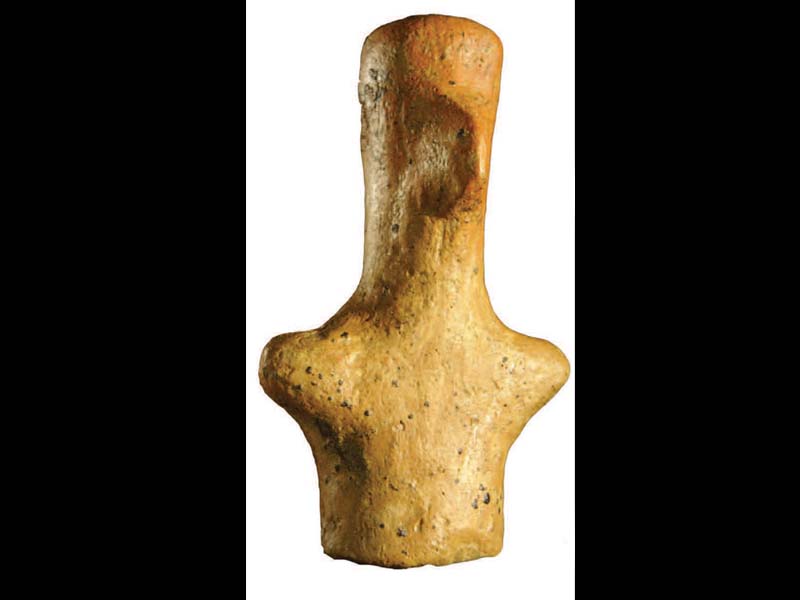

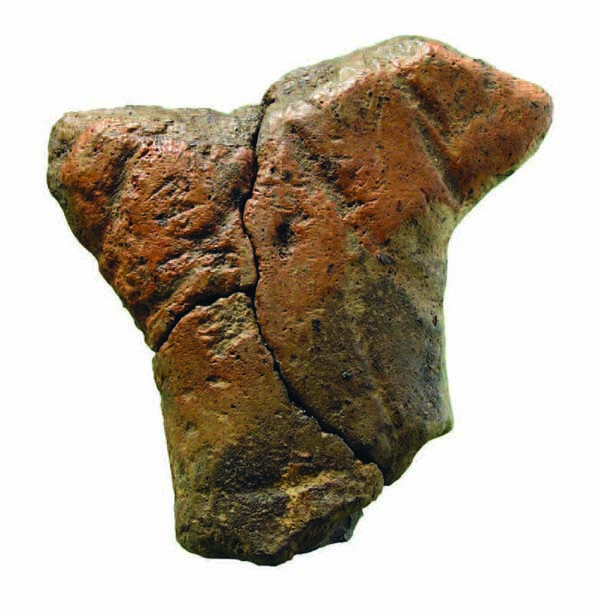
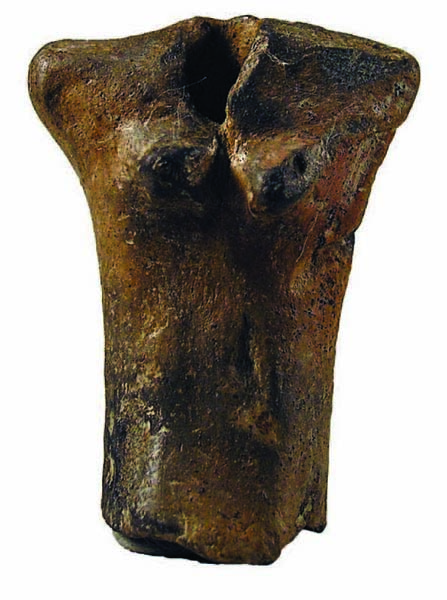
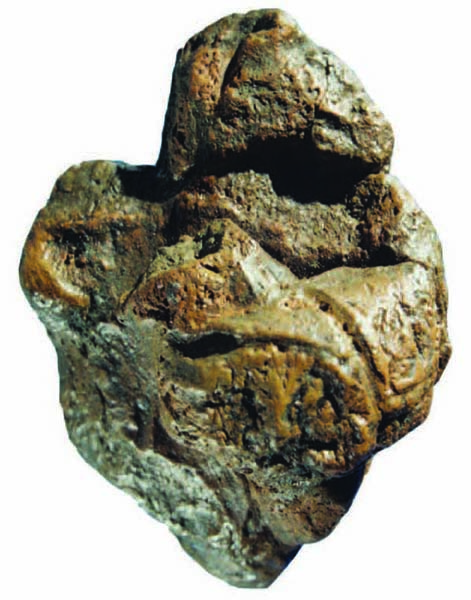
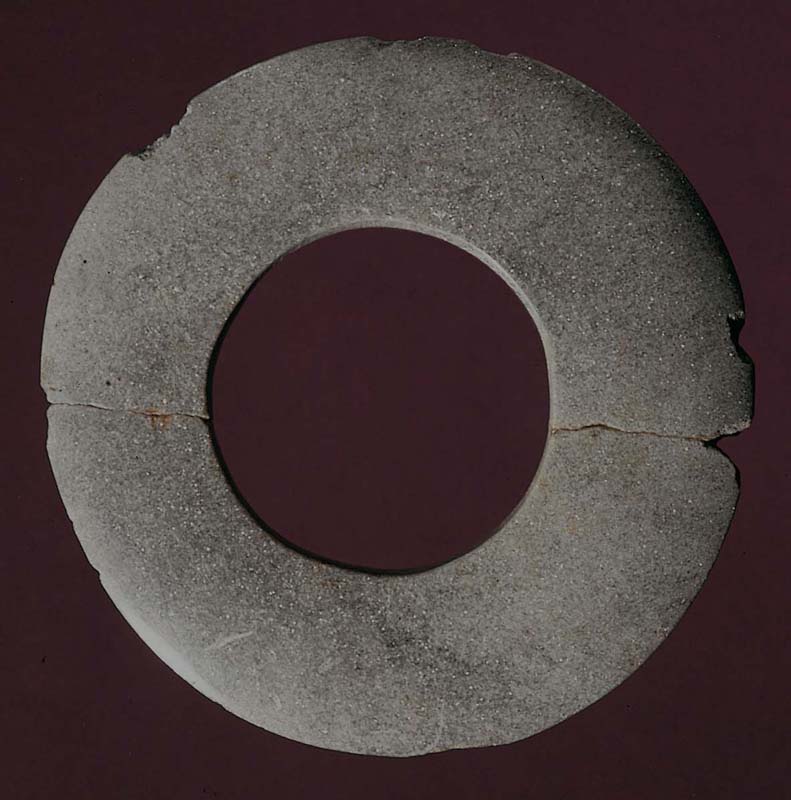
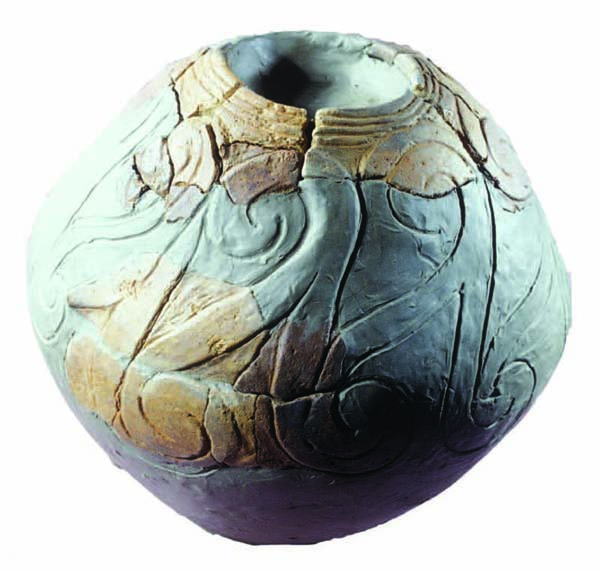
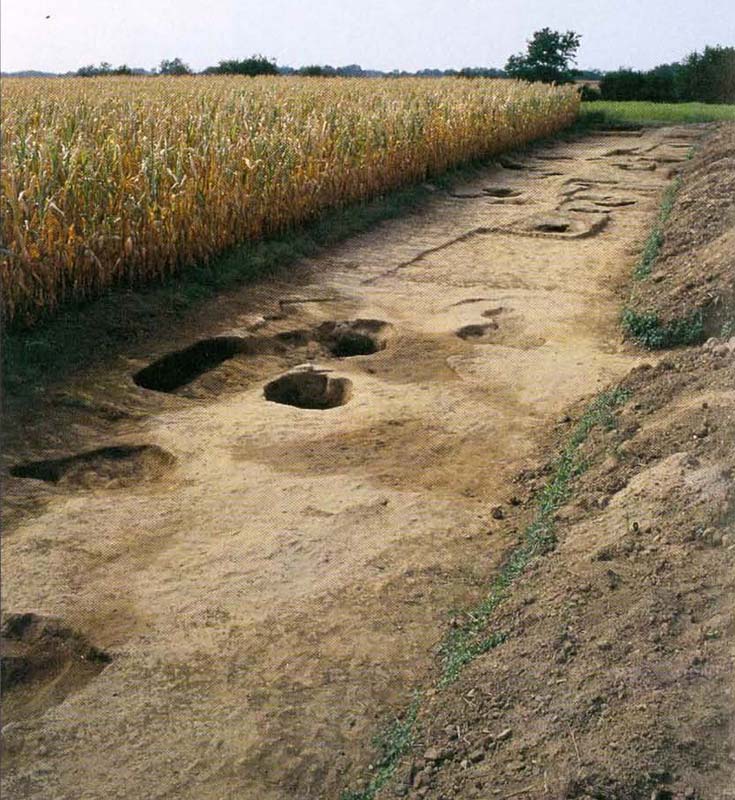
Historical notes
The Neolithic village was identified in the early eighties by the lords A. Nazzi, R. Tosone and A. Candussio. Subsequently it was the subject of several excavation campaigns which lasted from 1985 to 2005, by Andrea Pessina, Alessandro Ferrari and others; the various investigations made it possible to ascertain that the site was occupied for a long time, about 1100 years between 5600 and 4500 BC, on an area of about 600 hectares, thus forming one of the first Neolithic villages in the upper Friuli plain. The most investigated area was the one called "I Cueis", a large natural terrace raised a few meters above the underlying plain, such as to allow control of a vast surrounding area. The Friulian toponym Cueis means precisely "hills" to identify these particularly fertile natural heights. The itinerant agricultural technique was probably practiced in the village; in fact, in several points it has been ascertained the alternation of periods of human occupation with periods of abandonment and subsequent reuse, probably because the continuous exploitation of the land determined the depletion of their fertility and therefore forced them to move to new areas not yet cultivated. For this reason it was assumed that it was not a single village of such vast proportions, but rather small mobile communities that had settled repeatedly in the same places according to the better quality of the land. Most of the remains of structures investigated consist of holes of various shapes and sizes, cylindrical wells with a diameter between 100 and 200 cm. or oblong pits used as underground silos for storing crops; at the time of excavation, these wells were filled with coal or ceramic fragments and lithic tools, testifying to the fact that after being abandoned they were used as a waste dump.
CARD
LATEST PUBLISHED TEXTS
VISIT THE FACTSHEETS BY OBJECT

